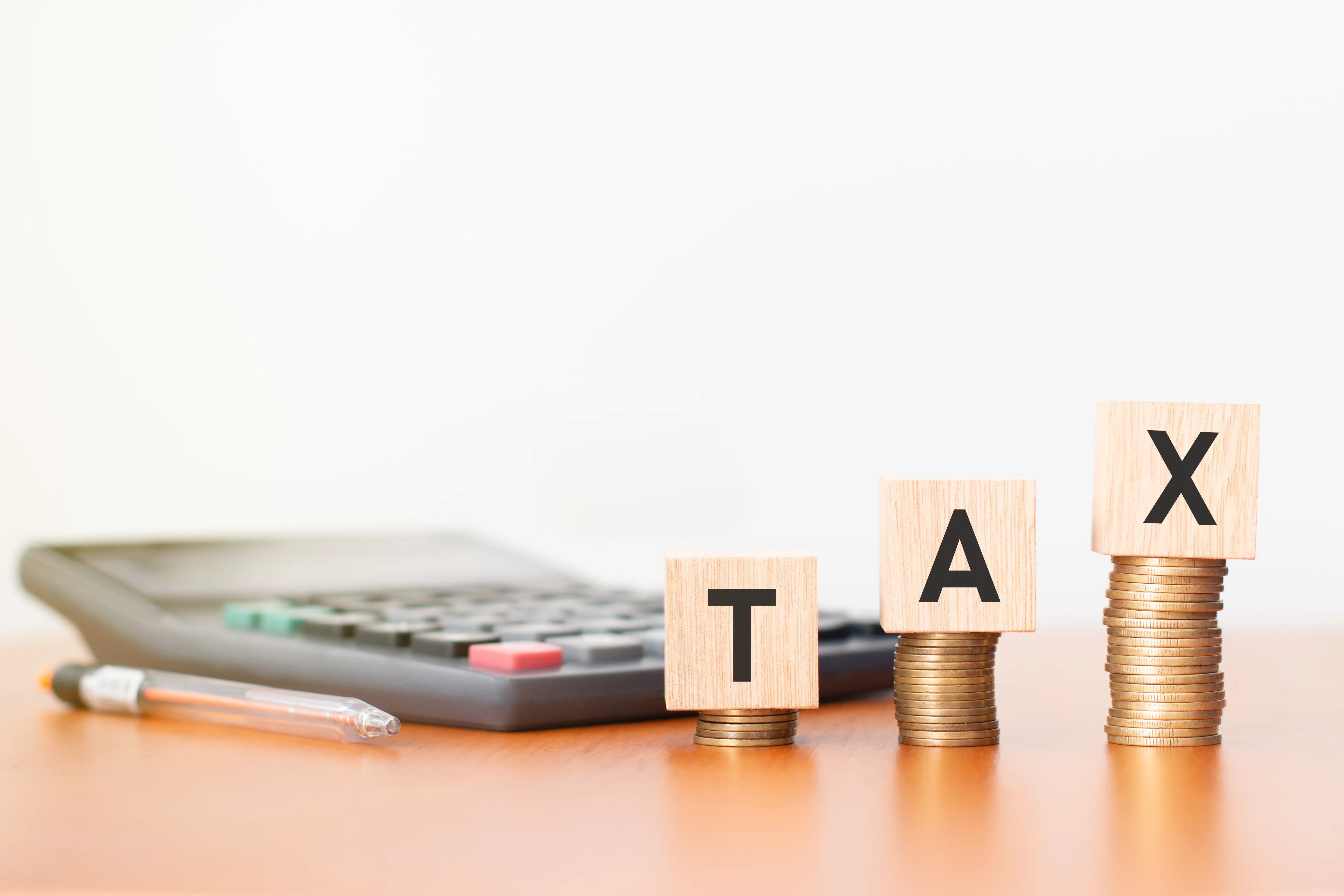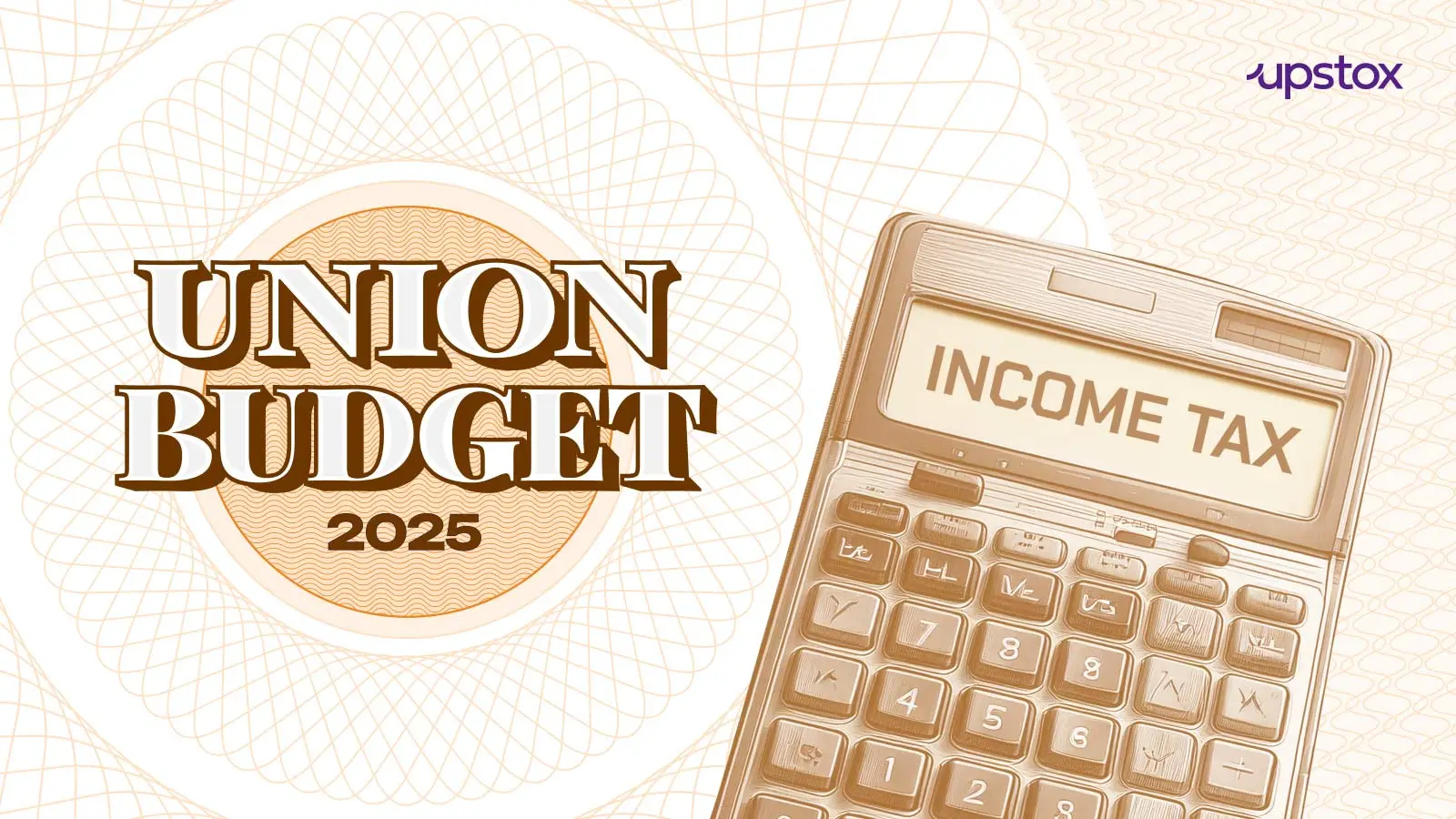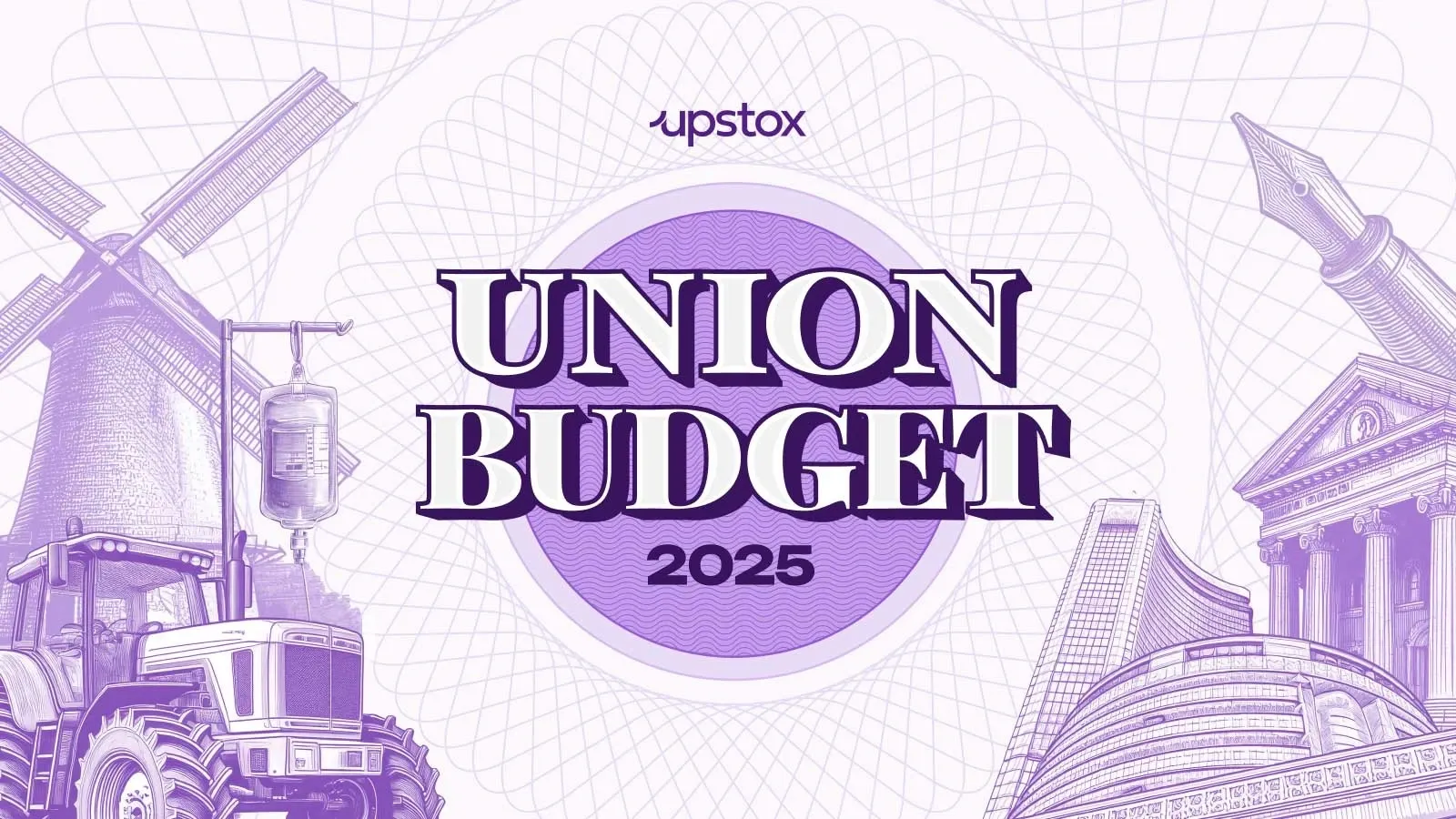Personal Finance News
What is Standard Deduction in new tax regime and old tax regime for salaried, pensioners after Budget 2025?
.png)
3 min read | Updated on February 02, 2025, 08:01 IST
SUMMARY
Standard Deduction Limit 2025: FM Sitharaman said that the revised standard deduction, coupled with the new tax slab adjustments, will reduce the tax burden on the middle class and boost disposable income. A salaried taxpayer earning ₹12 lakh under the new regime will save ₹80,000 in taxes, while those earning ₹18 lakh and ₹25 lakh will save ₹70,000 and ₹1,10,000, respectively.

Standard Deduction limit for salaried, pensioners after Budget 2025. Image | Shutterstock
Under the new tax regime, salaried employees and pensioners will get a standard deduction of ₹75,000. This will effectively raise the tax-free income limit to ₹12.75 lakh for salaried individuals, considering the revised ₹12 lakh nil-tax threshold announced in the budget.
For those opting for the old tax regime, the standard deduction remains unchanged at ₹50,000. The old regime continues to offer additional exemptions and deductions, including those under Section 80C (₹1.5 lakh), Section 80D (health insurance), and HRA benefits.
Sitharaman said that the revised standard deduction, coupled with the new tax slab adjustments, will reduce the tax burden on the middle class and boost disposable income.
A salaried taxpayer earning ₹12 lakh under the new regime will save ₹80,000 in taxes, while those earning ₹18 lakh and ₹25 lakh will save ₹70,000 and ₹1,10,000, respectively.
What is Standard Deduction?
The standard deduction is a fixed amount that gets deducted from a taxpayer’s gross salary to lower his/her taxable income. It is like a deduction for necessary expenses for which there is no need to submit any proof.
In the lead-up to the Union Budget 2025, there were high expectations that the government may increase the standard deduction amount for salaried taxpayers and pensioners to ₹1 lakh per annum from the current ₹75,000 under the new tax regime in light of rising living costs and inflation.
With effect from FY 2024-25, the standard deduction was increased from ₹50,000 to ₹75,000 under the new income tax regime. However, there was no change under the old tax regime, with salaried taxpayers being eligible for the standard deduction of only ₹50,000.
Also, the standard deduction limit for family pensioners was raised to ₹25,000 from ₹15,000 in the previous Budget.
Standard Deduction history
Standard deduction was first Introduced in the financial year 1974 under Section 16 of the Income Tax Act, 1961, to simplify tax compliance. It was later abolished starting from FY 2006 by then finance minister P Chidambaram, who said that the component was unnecessary due to the expansion of income tax slabs and exemption limits.
However, late Arun Jaitley reintroduced it in Budget 2018 at ₹40,000, replacing the component with previous exemptions of transport allowance (of ₹19,200) and medical reimbursement (of ₹15,000). In the Interim Budget of 2019, the standard deduction was again increased to ₹50,000 from ₹40,000.
Later, the Union Budget 2020 introduced the new income-tax regime to simplify the tax structure. This regime offered lower tax rates against the removal of certain exemptions and deductions available in the old regime, such as the standard deduction.
In Union Budget 2023, the standard deduction was extended to the new tax regime as well at ₹50,000. This was further raised to ₹75,000 for FY 2024-25 under the new tax regime while remaining unchanged under the old regime.
Related News
By signing up you agree to Upstox’s Terms & Conditions
About The Author
Next Story



